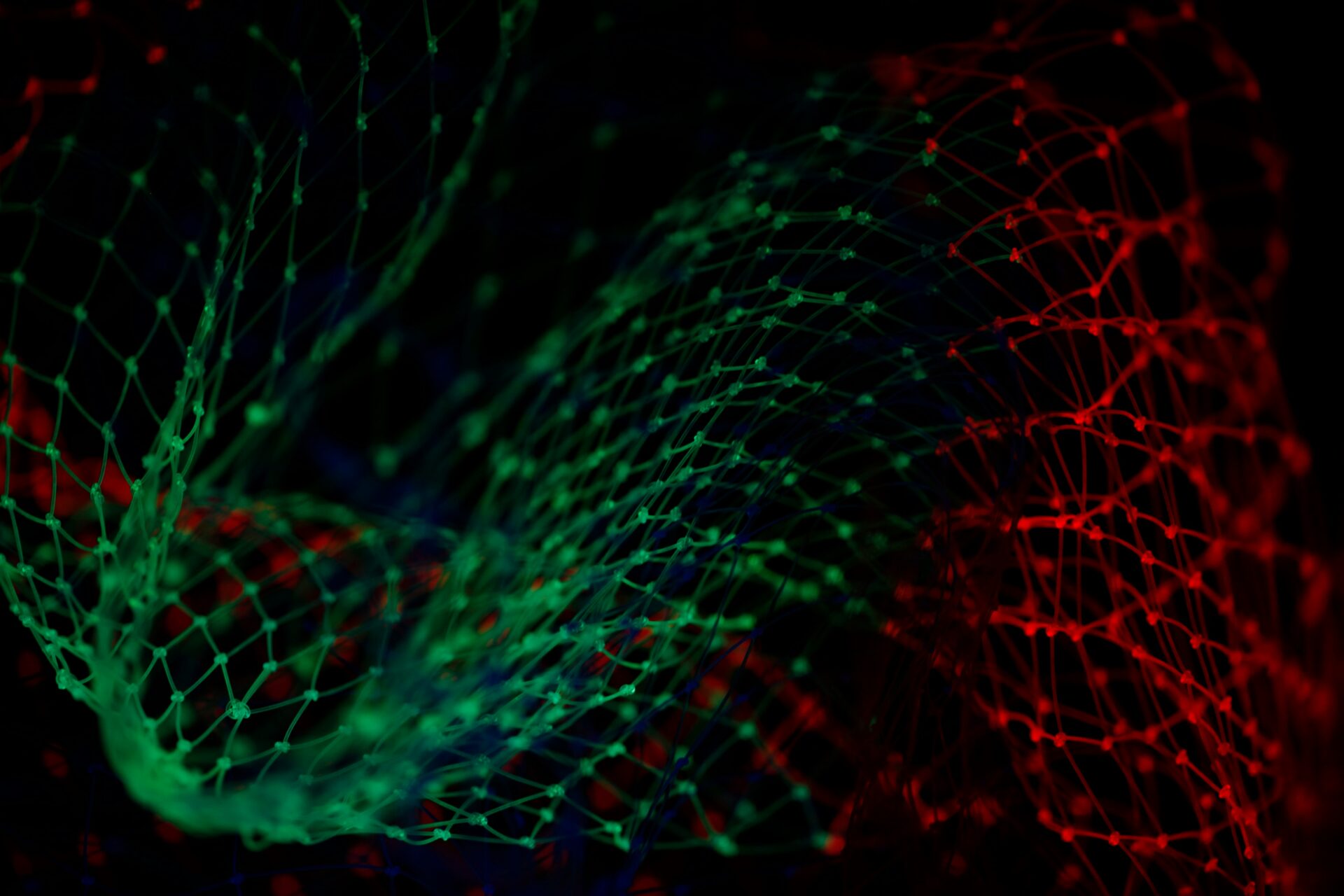There are a lot of tech terms to keep track of these days. It seems like there’s a new phrase people like to throw around every week, so you may find it hard to distinguish between them. How are you supposed to know the distinction between automation and robotics engineering?
It doesn’t help that lots of people seem to use these terms interchangeably when they mean different things. The distinction is a subtle one, but it’s still a distinction. You should understand it if you want to look like you know what you’re talking about.
On the surface, robotics and automation appear to be the same thing. After all, robots are automated machines, so you could easily think that the two terms are synonyms. But while there is some overlap between the two, automation and robotics engineering are separate disciplines.
Automation
Automation is using technology to complete a task that a human would typically do. It’s been around long before engineers ever built robots. Things like windmills and pressure regulators are technically forms of automation, although when you hear the word today, people usually mean more advanced systems.
There are three broad categories of automation you may hear people talking about: fixed, programmable, and flexible.
Fixed automation is using automatic equipment to fulfill a single, repetitive task. Programmable and flexible automation both involve being able to program equipment to do different tasks, with flexible automation not requiring human input.
You see automation all over the place in your daily life. If you ever use cruise control in your car or make a cup of joe in a drip coffee maker, you’re using automation. It would be a stretch to call any of these services robots, but robotics does involve a lot of the same concepts.
Robotics Engineering
Robotics engineering is the process of designing, developing, building and employing robots. Most of the articles you’ll find on robotics refer to industrial robots, but you can pursue robotics as a hobby too. While most robots serve a specific business purpose, you can use them just for fun as well.
Most robots are a specific example of automation, which is probably where the confusion arises. People and businesses often use robots to automate a process, but not all automation involves robots, and not all robots automate anything. You can think of it like a Venn diagram, with robotics on one side, automation on the other and an overlapping section in between.
Just because a robot is automated doesn’t mean it’s an example of automation, either. Automation refers to accomplishing a task in place of a human. Robots that automatically follow lines or do backflips don’t do anything that saves you time or effort.
When and Why People Use Either
Robotics engineering and automation don’t just differ in their definitions. Robotics and automation serve different, although similar, purposes for businesses and individuals. Generally, automation is preferable for virtual or software tasks, while robotics are better-suited to physical tasks.
Companies can use robots to improve safety and efficiency by having them do dangerous or repetitive tasks. Using robots in this way is a kind of automation, just a specific kind that depends on robotics. In business, automation, in contrast to robotics, refers typically to software-related tasks.
Automation is great for managerial jobs. Automated systems can supervise production in a factory, using software to keep robots and other machines in check, so people don’t have to. It can also apply to much simpler virtual tasks, such as sending emails automatically.
Robots extend the possibilities of automation, and automation makes robots possible. It’s easy to see where you might get confused between the two, but knowing the difference can help you understand what people are talking about. Both automation and robotics are seeing a lot of growth right now, so it helps to know what they are.
Recent Stories
Follow Us On
Get the latest tech stories and news in seconds!
Sign up for our newsletter below to receive updates about technology trends




